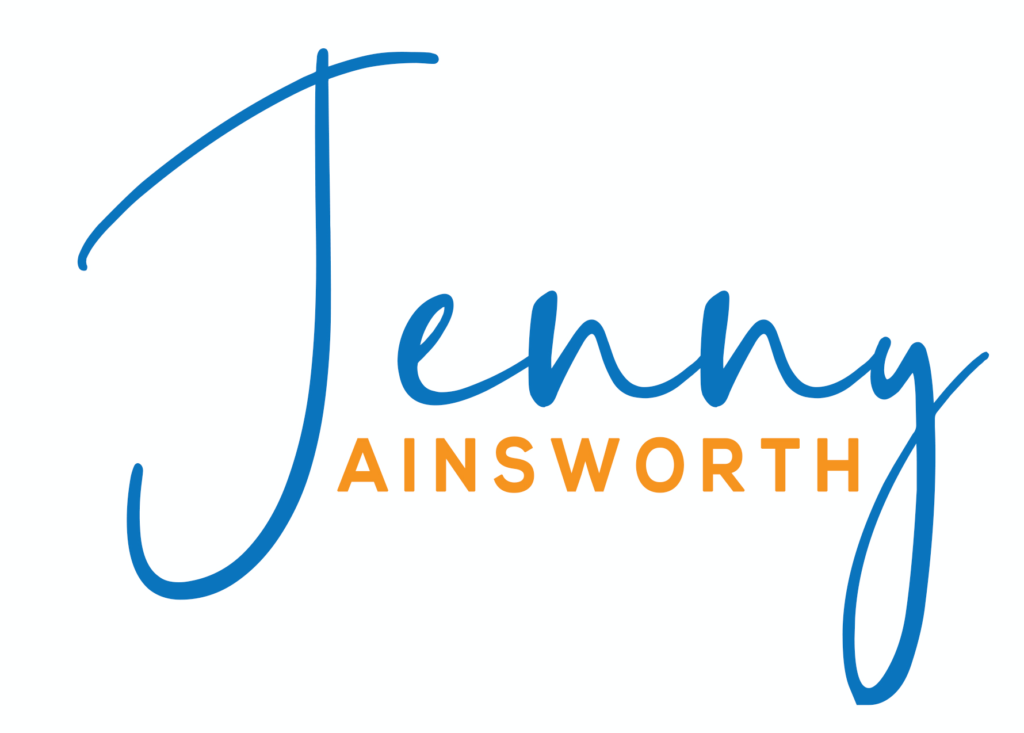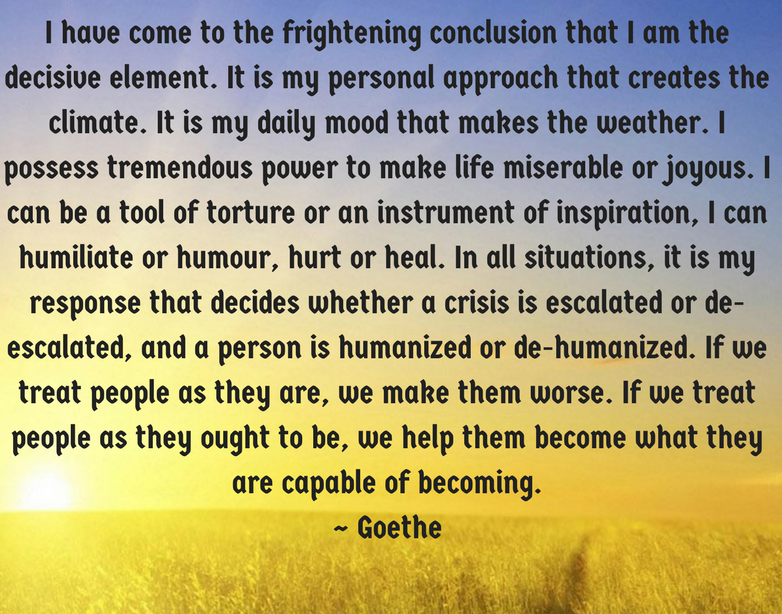
The Hopefulness and Power of Yet
April 9, 2017
Jen’s Gems: The Beauty is in the Everyday
February 28, 2018 50 (Sun)Shades of Grey
50 (Sun)Shades of Grey
The greatest influencers know that influence comes from a variety of sources, almost none of which include the title on your business card.
In almost any situation, there are a few vital behaviours that will determine the outcome you achieve. Understanding what they are holds the key to your success – which means, as Rob Goffee and Gareth Jones talk about in their book, “Why Should Anyone Be Led By You?” leaders need to be “situation sensors.” This means observing people (and not just in your own function – this produces silo thinking) and collecting soft data from different situations, which can help inform our decisions and proposed solutions.
An example of this in action is from a factory in Italy that used many dangerous chemicals. In order to protect the workforce, the managers wanted their people to wear safety goggles. The workers, however, were reluctant and compliance was low.

So they approached it from a slightly different angle. Knowing the behaviour they wanted was for the workforce to wear the goggles, they mused on when and where Italian men did wear eyewear, without question. They realised that out of work, the majority of their people wore cool, fashionable sunglasses for much of their free time. So they commissioned a set of safety glasses made with mirror shades, which the workers instantly began consistently. From just a small change in the design came this very significant change in behaviour and an improved safety record.
How do you figure out which behaviours need to change? Take a look at the instances where there is “positive deviance.” In whatever large scale problem you’re looking to solve, it’s likely that there are some small pockets of the population (or places within the company) that have already cracked the code – sometimes unwittingly. Studying those people and situations will give you the necessary insight to better approach the challenge.
Encouraging Action:
Think about what situations/challenges you are currently facing. What soft data can you pick up from your people? How might you use this to approach the situation from a different angle, to elicit a different result?




